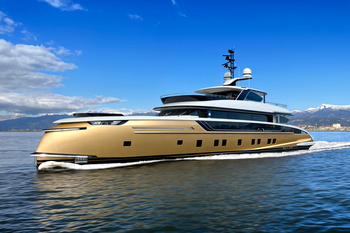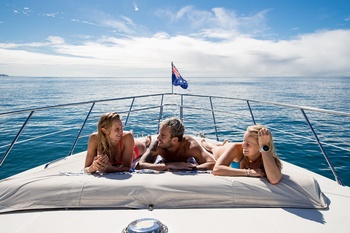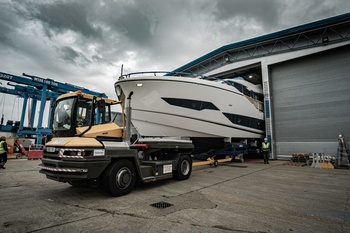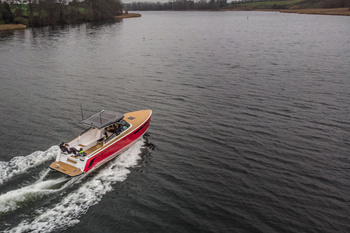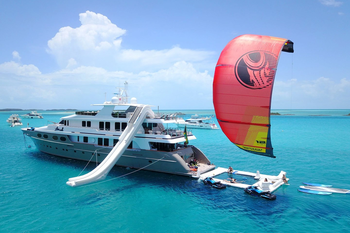Myth One: The lakes are not storming.
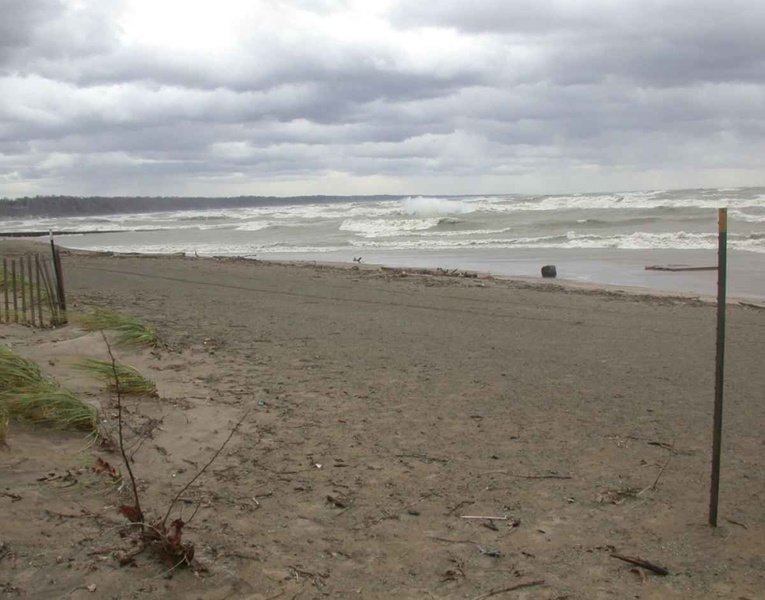
The proximity of the coast and the relative shallowness of the lakes create a false sense of safety. Meanwhile, due to the small size of the lakes compared to the oceans, the waves in the lakes are higher with the same wind force. And most importantly, the wavelength in the ocean is much longer than the wavelength on lakes and reservoirs. If on an ocean wave three meters high you just go up, as going up in a car to the top of a gentle hill, then on a two-meter wave of a large lake at first the bow of the boat goes to the sky, and after the crest of the boat just falls down the stem, burying itself in the water. And the proximity of the banks only increases this effect. Do you think the lakes are calm? Try sailing your yacht there in bad weather. But first, read a little about how waves form.
Myth Two: Sailboats always have the advantage

The oil tanker Hanne Knutsen did not concede the Atalanta of Chester. A long story that happened in 2011 at Cowes Week...
Sailboat skippers are sure they should always pass. In fact, when a sailboat goes under engines, it turns into a regular (low-powered) motor and loses its advantage.
Myth Three: Before wintering, the boat must be fully refueled.
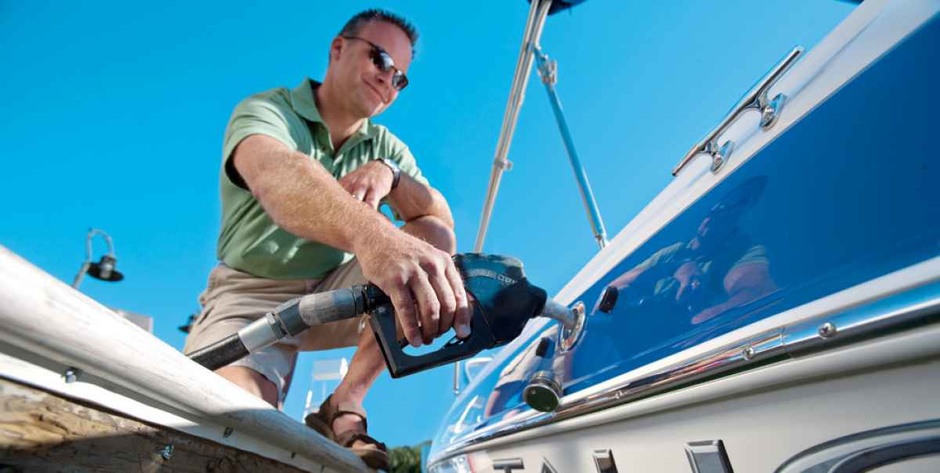
In fact, most shipyards do not recommend this. It is believed that by completely filling the tank with fuel, you will displace the extra air and reduce the amount of condensation. That's what happened until the gasoline was generously diluted with ethanol. On the one hand, ethanol is hygroscopic and absorbs water. On the other hand, if too much water gets into the fuel, there will be a phase separation: ethanol will be washed from the fuel together with octane number and water. Then in spring, instead of gasoline in the tank, you will be waiting for a useless slurry. We'll have to hire specialists to clean it up.
Myth four: Turbo boats are, you know, planes.
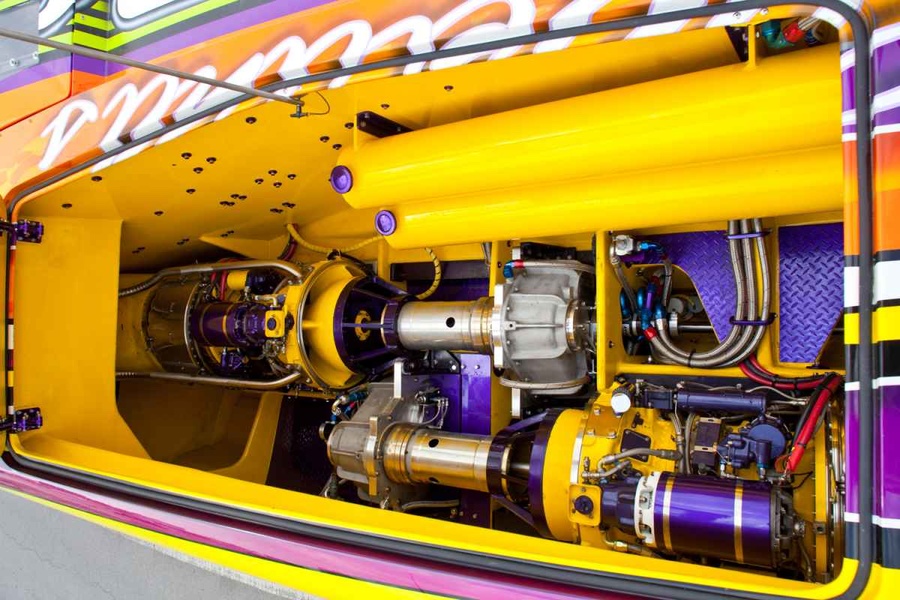
If you think that all gas turbine boats are equipped with an airplane engine and a water cannon, you will be disappointed. Most of the gas turbine engines used in the construction of yachts are borrowed from ordinary helicopters. All the power from such an engine is transmitted to conventional propellers through a standard transmission. In high-speed gliders it is a Z-shaped drive on a straight shaft, and in catamarans for racing in the open sea like the 50-foot MysticMissGeico is a BPM drive with a partially submerged propeller.
Myth five: The bigger the propeller blades, the faster the boat is.
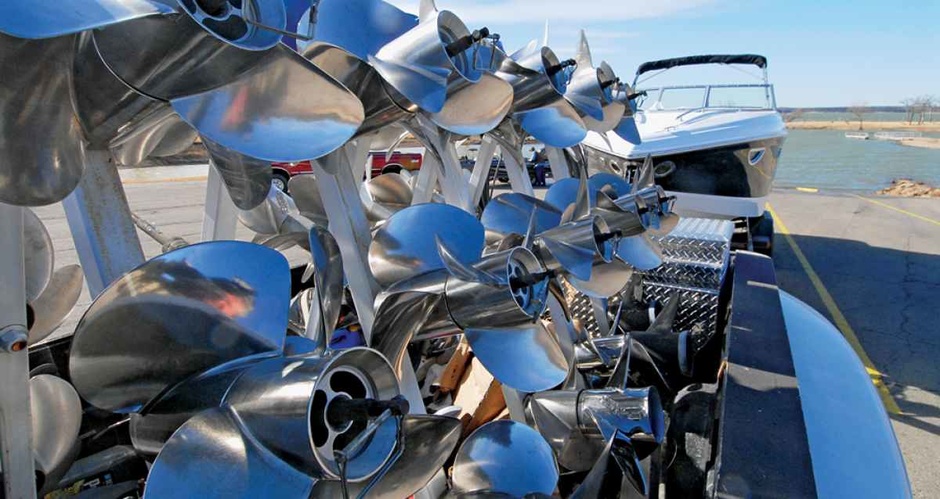
Except for jet monsters like Spirit of Australia, the fastest boats on our planet are racing gliders with heavy-duty gasoline engines and twin blade propellers. Which doesn't stop them from going up to 300km/h. In a book. The .NatureofBoats designer DaveGerr calls single blade screws the most effective, but warns that such screws will vibrate like crazy. The more blades, the less vibration, but alas, the lower the speed.
Myth six: High speed boat racers are the most dangerous.
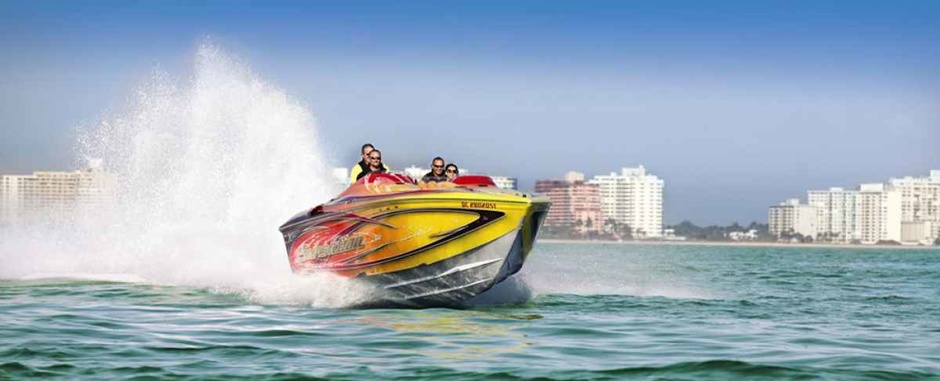
According to the U.S. Coast Guard, speed is in third place after alcohol and drugs in the list of major factors causing accidents and casualties on the water. Boats with stationary and outboard engines are more likely to be involved in accidents than boats equipped with tilt-top motors (Sterndrive). As it follows from the yacht catalogues, the vast majority of fast powerboats are equipped with Sterndrive engines, so the claim that they are the ones responsible for most collisions is at least controversial.
Myth-7: Fuel levels should not be allowed to drop by more than half.

It is feared that otherwise the fuel system of the boat will be clogged with sediment from various pollutants from the bottom of the tank. They will get into the engine, and this will cause the engine to fail. So just know: the fuel system is designed so that the pump always takes fuel from the bottom of the tank, so your boat's engine always gets fuel from the bottom. And so far, as you can see, it still works.
Myth eight: Ethanol destroys the engines
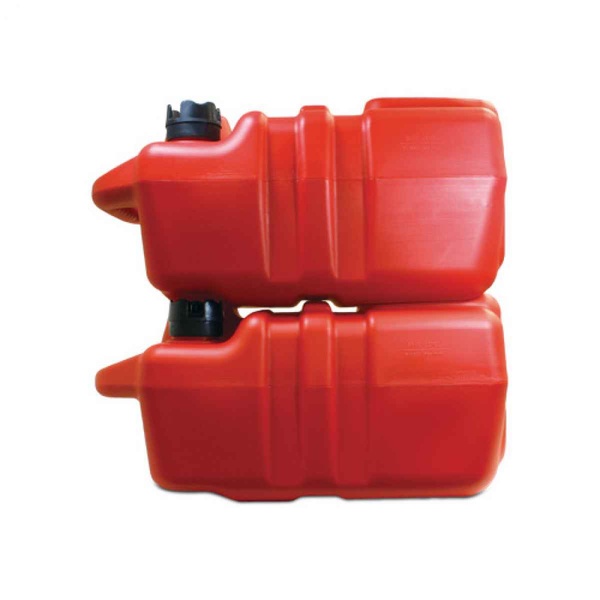
Marine engines run on E10 gasoline (a fuel mixture of 10% anhydrous ethanol and 90% gasoline) without any problems, which means they can burn it without any harm to themselves. Problems arise if the fuel is stored in the tank for more than a month. In this case a chemical reaction called phase separation can begin. When the level of water absorbed from the air in E10 reaches a certain percentage, ethanol will separate from petrol and form a layer at the bottom of the tank. The remaining fuel will slightly lose its octane number, which may cause some damage to the engine. However, the slurry settling at the bottom of the tank is even more dangerous. It will immediately destroy the engine if it gets into the tank. In general, the ethanol in gasoline does not destroy the engine by itself. But a long stored fuel with a high ethanol content can.
Myth Nine: Nibbleness is the main indicator that determines driving performance
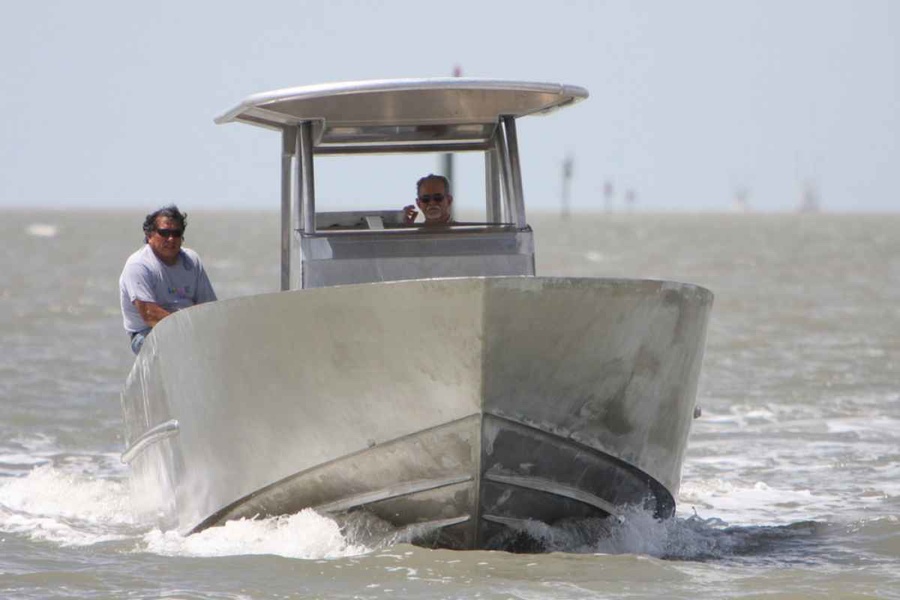
The nodularity of the bottom is certainly an important factor in the seaworthiness of a speedboat, but that's not all. Length-to-width ratio plays an important role. A wider boat at high speed, when taking off from the crest of one wave and entering the other, the attacking wave receives a significant impact due to the larger area of contact with water. This leads to a drop in speed, and the comfort of such a voyage is not to mention. Therefore, all racing boats competing with each other in the offshore class have a large relative elongation of the hull. Look at the famous Cigaretteand you'll know everything!
Both the enclosure contours and the precise weighting that optimises the underbody load as well as the adjusted length in relation to displacement are other important factors that determine the driving performance. The balance of all the above is the key to a fast and comfortable boat ride on the excitement.
Myth ten: Yachting is expensive.
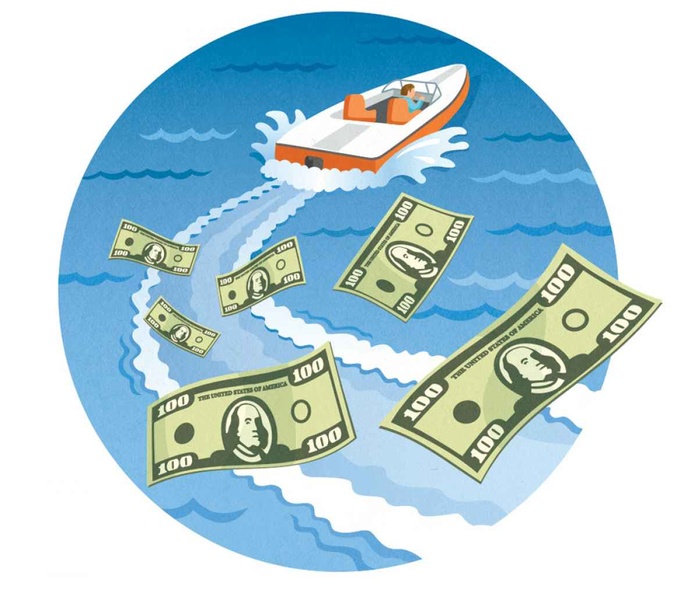
One season of skiing in Killington, Vermont, for a family of four costs about $4,000. Compared to this, $2,500 for a season of skiing does not look so expensive. Golf? A season ticket for one person at a popular golf club in South Maine will cost $1440. Multiply it by four and you get a tidy sum that your family will spend on this game.
Myth Eleventh: Four-stroke outboard motors are more economical than two-stroke engines.
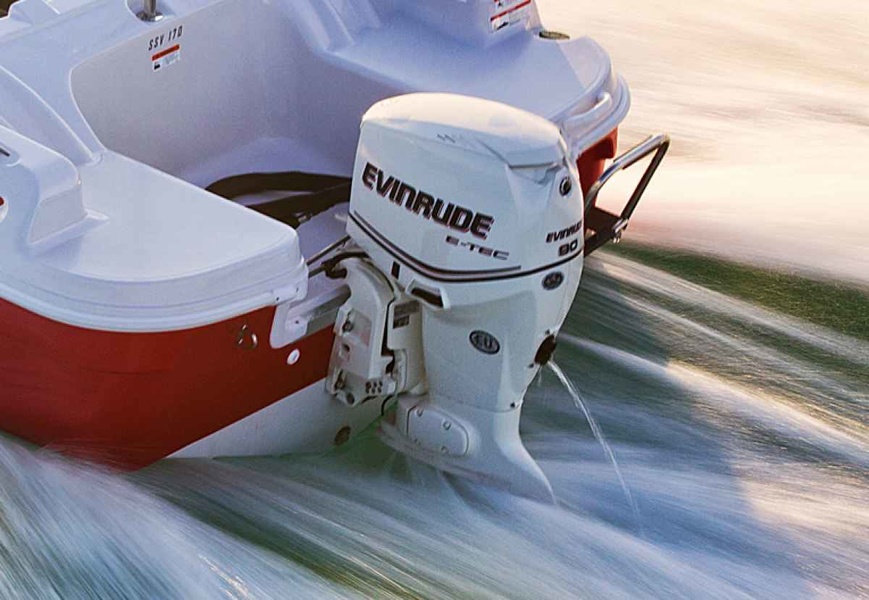
To power your horsepower, you need to burn fuel. All comparisons are usually made between old carburetor two-stroke engines and new four-stroke engines with fuel injection system. In this case, fuel savings come from a better gasoline supply rather than the number of revolutions in the working cycle. Compare modern two-stroke engines like the EvinrudeE-Tec with modern four-stroke engines and the difference will not be so great.
Myth 12: Cover the bottom of the boat and it will be better. navigate
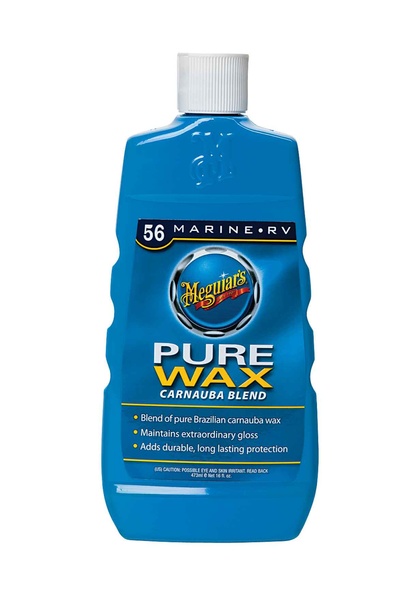
When I was still a racer, the pit stops were necessarily the guys who advertised a wonderful wax that could speed up the boat faster than ever. But nobody was buying it. Many riders found that a rough bottom is better for speed performance than a smooth one: the air that accumulates on uneven surfaces reduces hull friction against water. «Grinding the bottom of the boat in any direction but the front back increases its speed»," said world champion Gary Ballough. He uses a grinding technique called «hatching», where «the hatching» is crossed at an angle of 45 degrees.
Myth Thirteenth: You can't store batteries on a concrete floor.
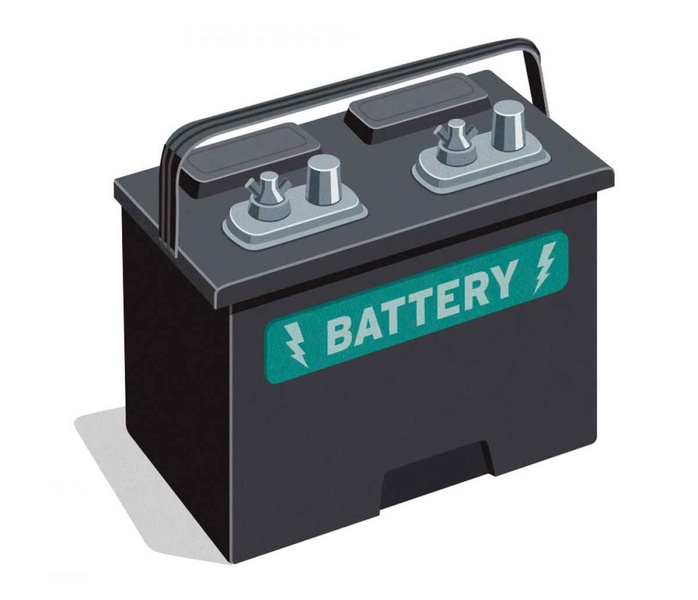
Concrete, wood, fluffy carpet... Whatever surface you keep the batteries on. The plastic housing insulates the boards. This myth goes back to the time when the battery case was made of rubber. Rubber was a little porous, so the moisture present on the cement floor could have led to leaks. Modern plastic cases are devoid of any kind of porosity.
Myth fourteen: boats with a V-shaped hull for manoeuvring catamarans.

Those who believe in this myth have never been on a high-speed catamaran like... Skater, MTI or DCB. Compared to boats that have a deep V-shaped hull with transverse edges (e.g., Cigarette, Fountain or OuterLimits), the catamaran is much more maneuverable and accelerates faster. To get a clearer idea of what acceleration motor boats are capable of, you can ride a boat with a tunnel type hull and outboard engine (only obligatory with an experienced pilot). These boats change direction faster than politicians during the election campaign.
Myth fifteenth: You can't moor a boat with an Arneson drive.

«When I think of Arneson's drive, I compare it to an outboard engine boat... NumberSixeson behalf of MercuryRacingor any other motor with a partially submerged propeller - they moor by the pier in a similar way»," says the multiple world champion and co-owner of the shipyard. TNTCustomMarine John Tomlinson. To get better control while reversing, you just need to lower the screw deeper into the water with the remote control.
Myth Sixteenth: It's safer on a boat than on a berth.

The boat on the berth faces only one variable - the weather. As long as the mooring and cranes are in place, the boat will calmly survive the waves and wind without ever colliding with another boat or hitting the underwater reef. The safety of a boat and crew on the move depends on the skill of its skipper and the skippers of other boats encountered on the way.
Myth Seventeenth: On a clear day, the boat can be seen five miles ahead.

Simple trigonometry breaks that myth. We know the Earth's radius is 3440 nautical miles. We have to consider this, as well as the «height of our eyes» - how high above sea level our head is when we stand on deck. To calculate how many miles of horizon you see, you have to calculate the square root of the height «of your eye». If your eyes are at 6.6 feet from the sea surface (the average for a person standing on deck), you will see 2.5 miles of horizon. As you climb up the bridge, you will see 3.6 miles.
Myth eighteenth: Stainless steel is the most corrosion-resistant metal in the world.
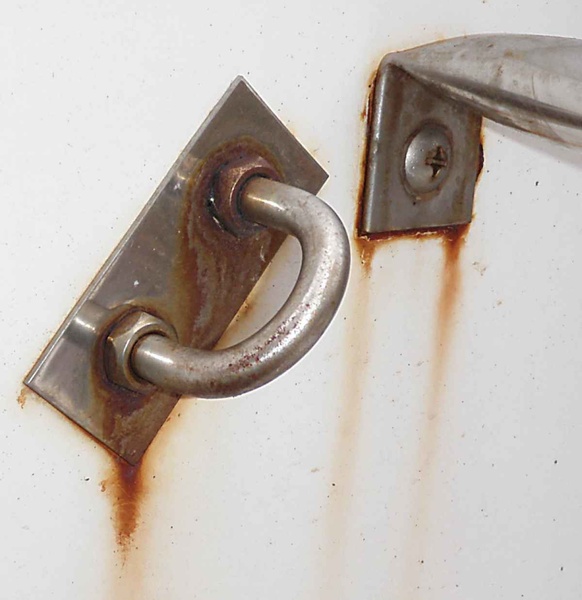
Have you ever wondered why shipyards use bronze or plastic below the waterline and not stainless steel? Stainless steel needs contact with oxygen in order to resist corrosion. Wet micro-space where fittings pass inside the hull is an oxygen-depleted environment, and in this environment stainless steel rusts easily through a process known as crevice corrosion. We've all seen stainless steel tow rings above the waterline that rust from the inside.
Myth nineteenth: Tides go and come

Everyone has heard of the tides, but not everyone understands that it is actually the same very long wave. When the crest of the wave reaches a certain place, we get the tide. The tide is the lowest point of the drop of the same wave.
Myth 20: Those who go out on the open sea with one engine will regret it.
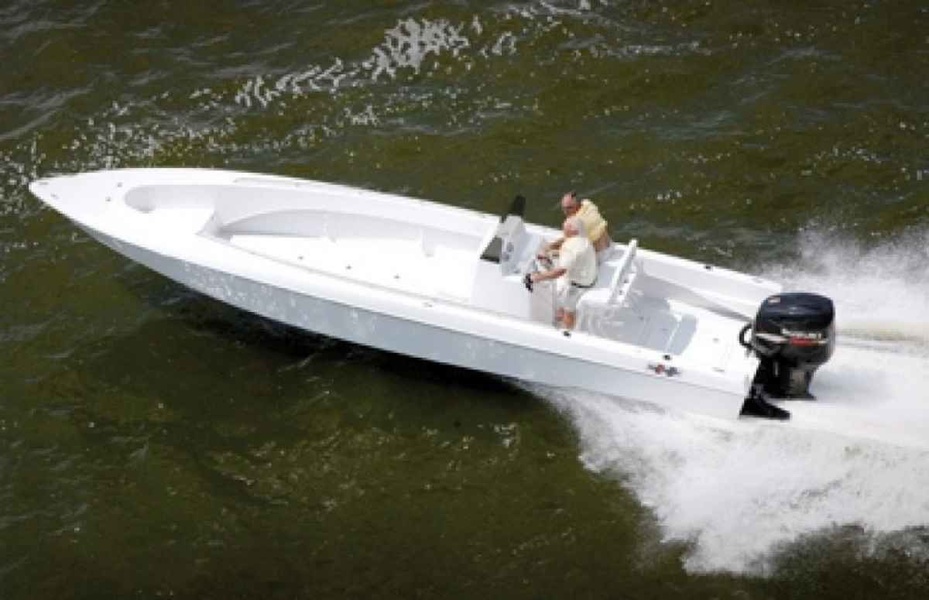
Talk to a fisherman or cruiser owner who has had to drift downstream due to a single motor failure and get confirmation of this claim. But be aware that having more than one engine will not save you if there is a fuel problem or you hit something. Commercial fishing boats, tugboats and other work boats have only one engine and successfully go out to sea. What is their secret? It's good service.
Source: boatingmag.com.


